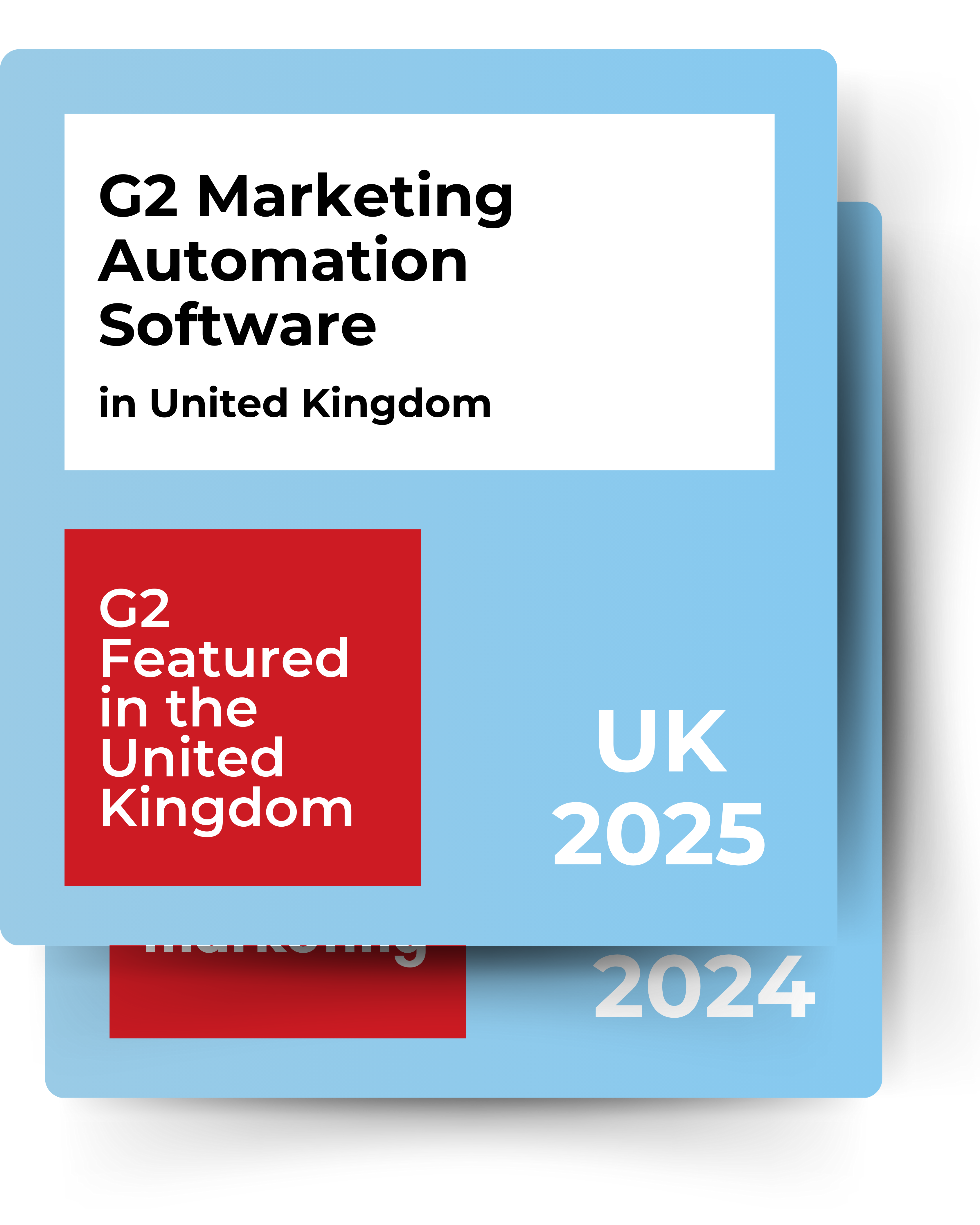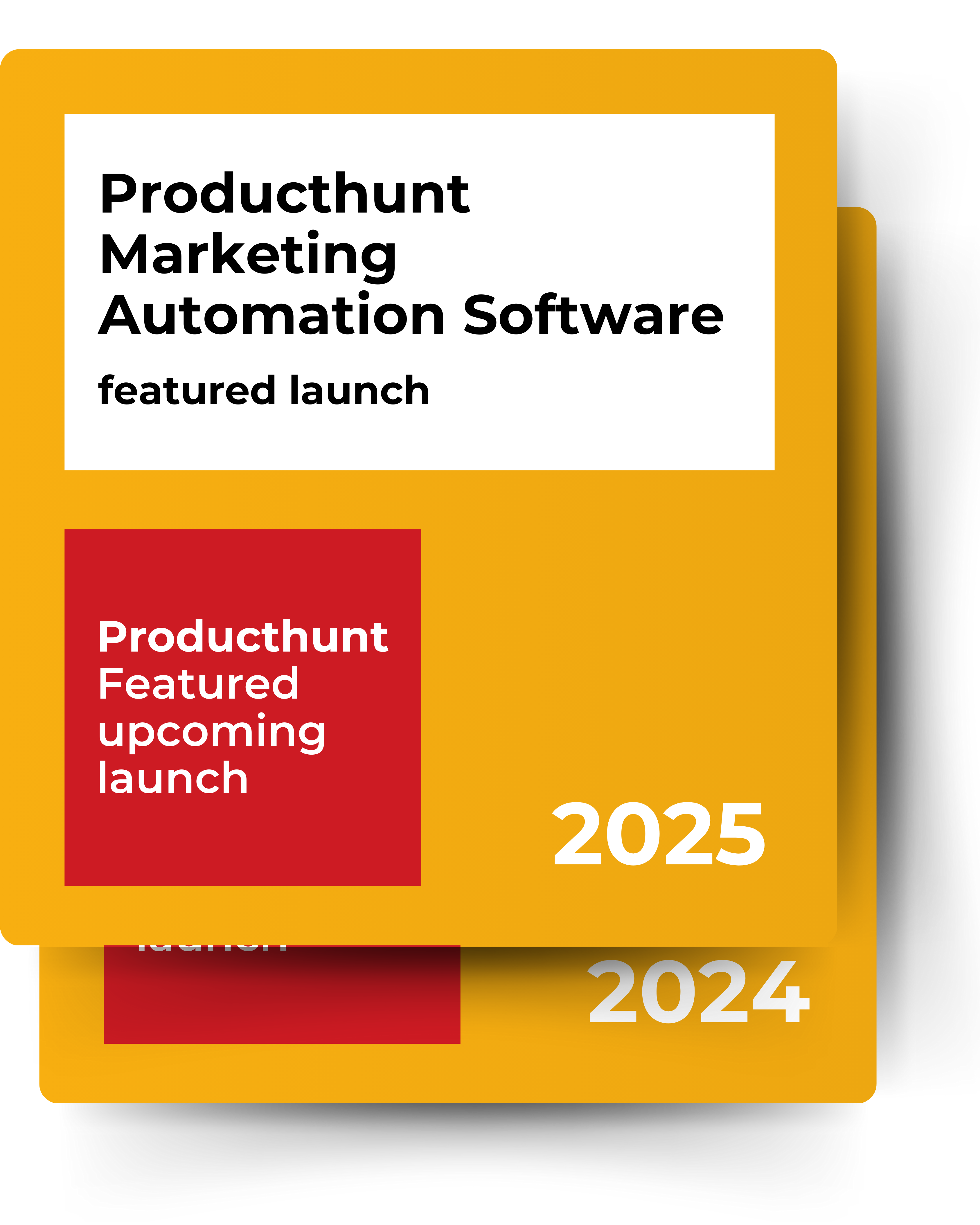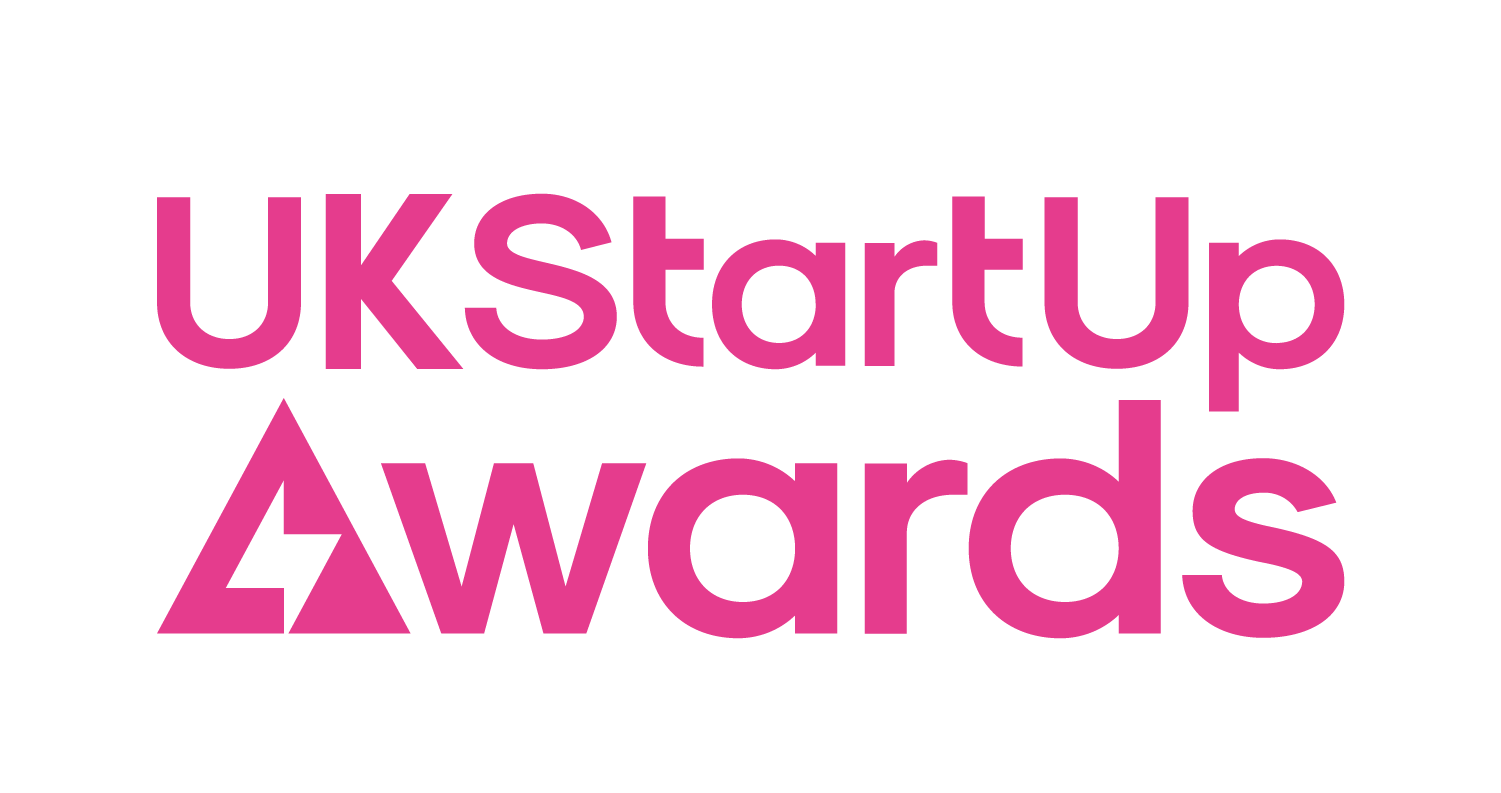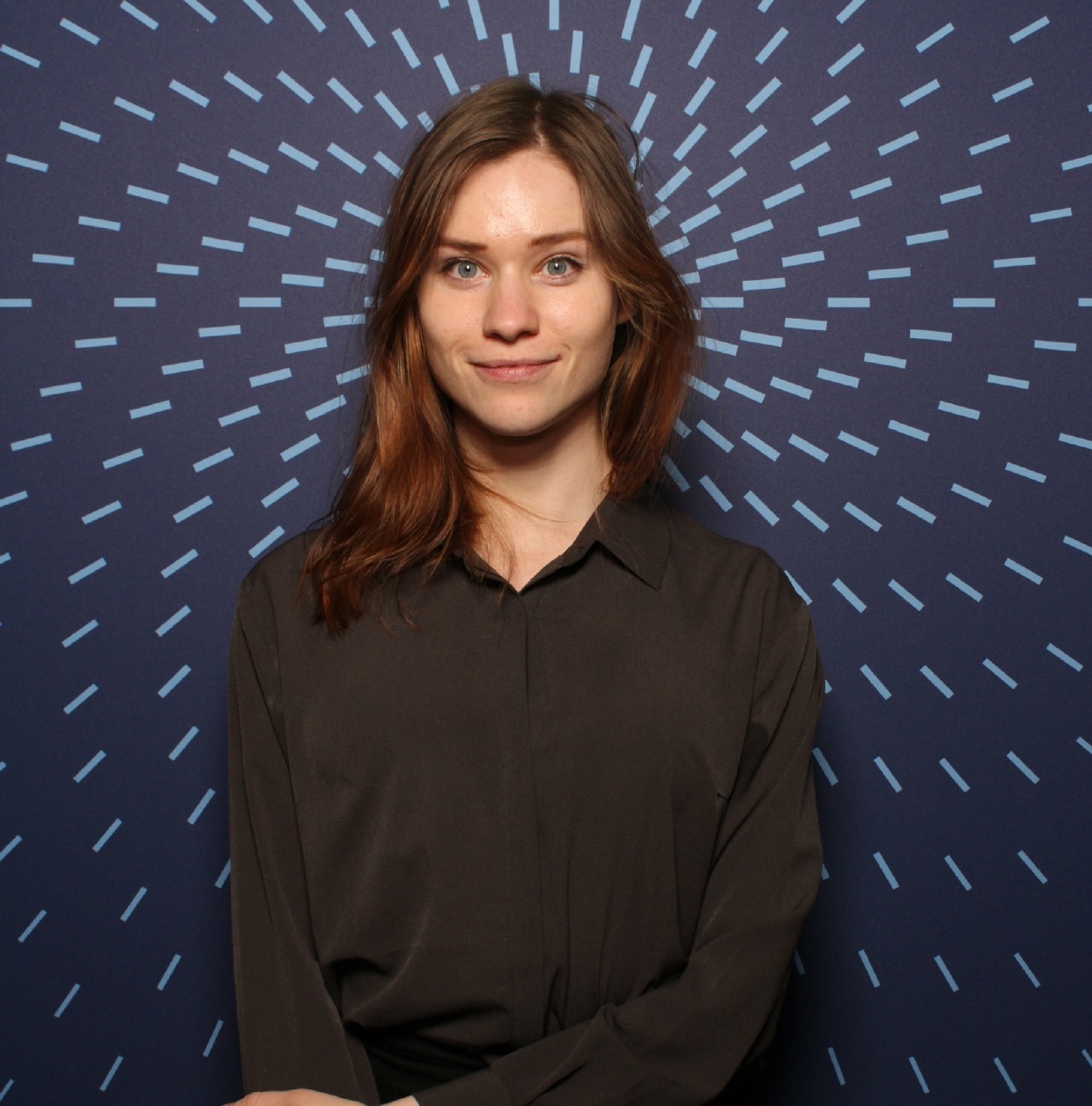You've poured hours into creating a fantastic video, only to check your analytics and see a heartbreaking sight: a steep drop-off curve that looks like a cliff. Most of your viewers are leaving within seconds. This isn't just a vanity metric; audience retention is the single most important signal to algorithms on platforms like YouTube that your content is valuable. The longer you keep people watching, the more your video will be promoted. The good news? Retention isn't magic, it's a science. And with the right strategies and tools like Leo AI's platform, you can learn to master it.
Don't underestimate the challenge. In today's attention economy, you're not just competing with other videos; you're competing with every notification, text message, and distraction. Most platforms report a significant viewer drop-off within the first 30 seconds of a video, and many lose over 50% of viewers by the one-minute mark (Wistia). This initial drop-off tells the algorithm that your video failed to deliver on its promise, killing its potential reach. In this guide, we'll break down five proven secrets to flatten that curve and keep your audience captivated until the very end.
Secret #1: Master the First 8 Seconds with a Killer Hook
The average human attention span is now famously shorter than that of a goldfish. You have mere seconds to convince a viewer that your video is worth their time. The first 3-8 seconds, known as the "hook," must immediately grab their attention and promise value. A weak hook is the primary reason for a steep initial drop-off.
Typical Viewer Retention Curve
Most videos experience a severe drop-off in the initial seconds. The goal is to flatten this curve by implementing strong engagement strategies from the start.
*High-performing videos have a much flatter curve after the initial drop.
Actionable Hook Formulas
Instead of a slow intro with your logo, jump straight into the action. Try one of these proven hook formulas:
- The Question Hook: Start with a provocative question that your target audience desperately wants answered. (e.g., "Are you making this one critical mistake in your video marketing?")
- The "In Medias Res" Hook: Start in the middle of the most exciting or surprising part of your video. Show the result first, then explain how you got there.
- The Promise Hook: Clearly and concisely state the value the viewer will get by the end of the video. (e.g., "In the next 5 minutes, you will learn the exact framework to double your video engagement.")
Secret #2: Reset Attention with Pattern Interrupts
Once you've hooked them, you have to keep them. The human brain is wired to conserve energy by tuning out monotonous stimuli. To combat this, you need to use "pattern interrupts"—small, frequent changes that reset the viewer's attention and keep their brain engaged.
How to Use Pattern Interrupts
A pattern interrupt should occur every 15-20 seconds. This doesn't have to be dramatic; subtle changes work wonders:
- Visual Changes: Switch camera angles, use a quick zoom, show relevant B-roll footage, or add on-screen text and graphics that animate.
- Auditory Changes: Use subtle sound effects to emphasize a point, change the background music, or simply alter the tone and pace of your voice.
- Pacing: Mix up your sentence length and editing speed. Follow a long, thoughtful point with a series of quick, punchy cuts to re-energize the viewer.
Failing to vary your presentation is one of the most common video mistakes that leads to boredom and abandonment.
Tired of Talking to an Empty Room?
Let Leo AI find your most engaging moments and turn them into videos your audience will watch to the very end.
Start Free Trial Book Office HoursSecret #3: Tell a Compelling Story, Don't Just List Facts
Facts and data are important, but they don't hold attention. Stories do. Our brains are hardwired to engage with narratives. Instead of just presenting information, frame it within a simple story structure: a character (your viewer) has a problem, they face obstacles, and they find a solution (your product or advice).
The Problem-Agitate-Solve Framework
A classic marketing storytelling formula that works perfectly for video is **Problem-Agitate-Solve (PAS)**.
- Problem: Start by clearly defining a pain point your audience experiences. (e.g., "Your videos aren't getting any views.")
- Agitate: Dive deeper into the frustrations and consequences of that problem. (e.g., "You're wasting hours of effort, your message isn't being heard, and your competitors are pulling ahead.")
- Solve: Introduce your content, product, or service as the clear and effective solution to that agitated problem. (e.g., "But with these five retention secrets, you can change that today.")
This structure creates an emotional arc that pulls the viewer through the content, making them invested in reaching the resolution.
Secret #4: Use Data to Find Your "Golden Moments"
Your existing video analytics are a treasure map pointing to what your audience truly loves. The peaks in your retention graph show where viewers were so engaged they paused to re-watch. The dips show where they got bored and clicked away. Analyzing this data is crucial, but it can be time-consuming.
The AI Advantage in Data Analysis
This is where AI becomes a superpower for content creators. An AI-powered platform like **Leo AI** can analyze hours of your long-form content—like webinars, podcasts, or customer interviews—and automatically identify the "golden moments." Using natural language processing and engagement modeling, it pinpoints the segments that are most clear, concise, and emotionally resonant. These are the parts of your content that are most likely to hold a viewer's attention. Leo AI can then automatically clip these moments, add engaging captions and visuals, and repurpose them into a library of high-retention short-form videos, saving you hundreds of hours of manual work.
Secret #5: Craft a Powerful Conclusion and CTA
The end of your video is some of the most valuable real estate you have. A viewer who has watched all the way to the end is highly engaged and primed to take the next step. Don't let your video just fizzle out. Guide them with a clear, confident conclusion.
Strategies for a High-Impact Ending:
- Summarize the Value: Briefly recap the one or two most important takeaways from your video to solidify the value you provided.
- Create a Loop: Keep viewers on your channel by telling them exactly what video to watch next. You can even tease the content of your next upload to build anticipation and encourage subscriptions.
- Have a Single, Clear Call-to-Action (CTA): Don't overwhelm them with choices. Pick the one most important action you want them to take (visit your website, download a guide, watch another video) and tell them clearly to do it.
By implementing these five secrets, you can transform your video analytics from a source of frustration into a story of success. You'll not only keep more viewers engaged but also signal to the algorithms that your content is worth promoting, creating a powerful flywheel for organic growth.




